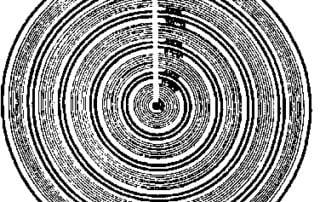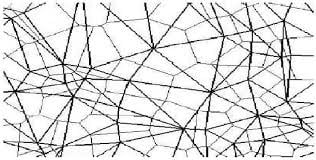Physics of Tzimtzum I — The Quantum Leap
Introduction “In the beginning G‑d created the heavens and the earth.” (Genesis 1:1) “In the beginning G‑d created the heavens and the earth,” the Torah says. However, what was before the “beginning”? It is like asking, What was before the Big Bang? In physics, until relatively recently, such questions were discouraged. The prevailing wisdom was that time and space had been created by the Big Bang, and there was no “before” before the Big Bang. Mishnah discourages such thinking, too. The sages point out that the first letter of the Torah, the letter bet, is open on the left and closed on the right:[1] The text of the Torah and the history of the world proceed from that opening on the left. The closed right side of the letter bet visually walls off [...]






